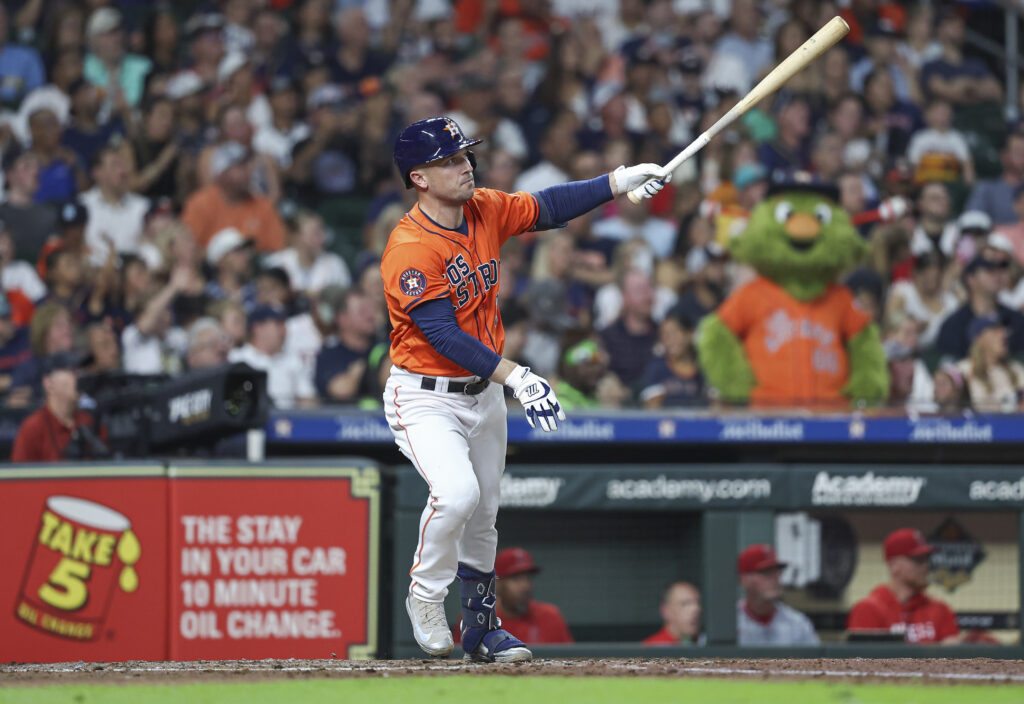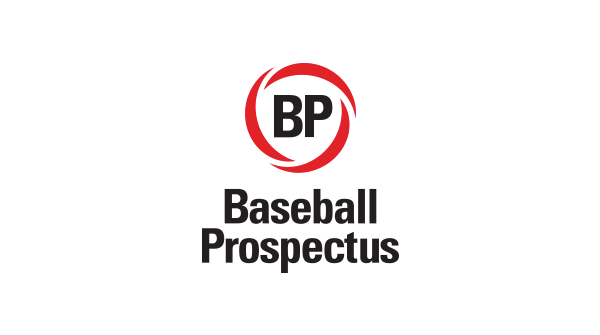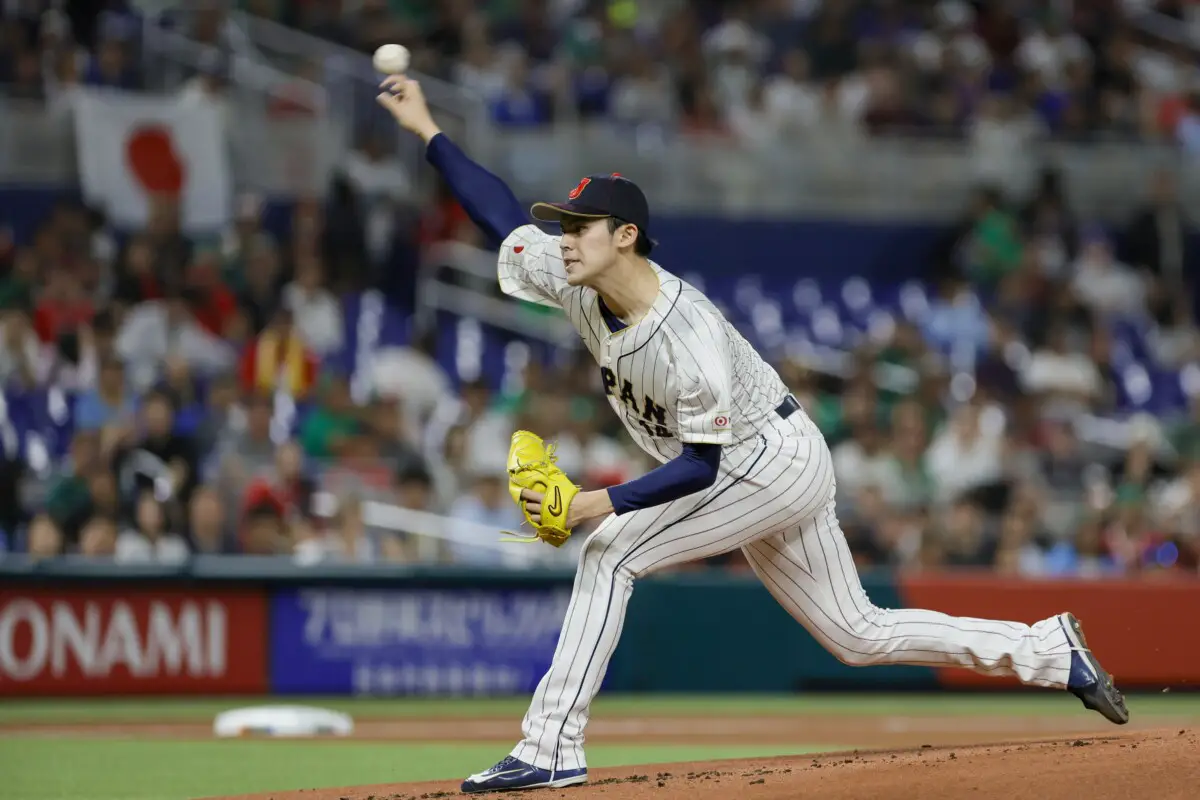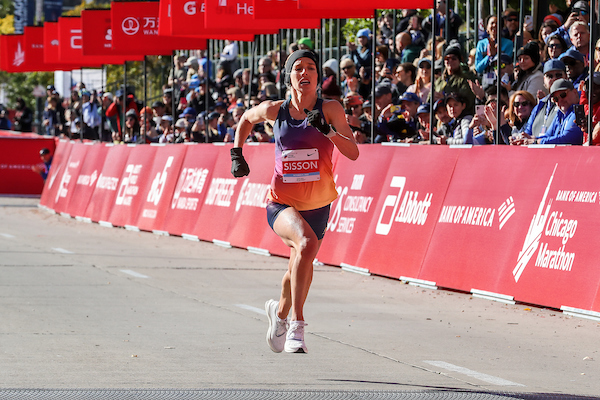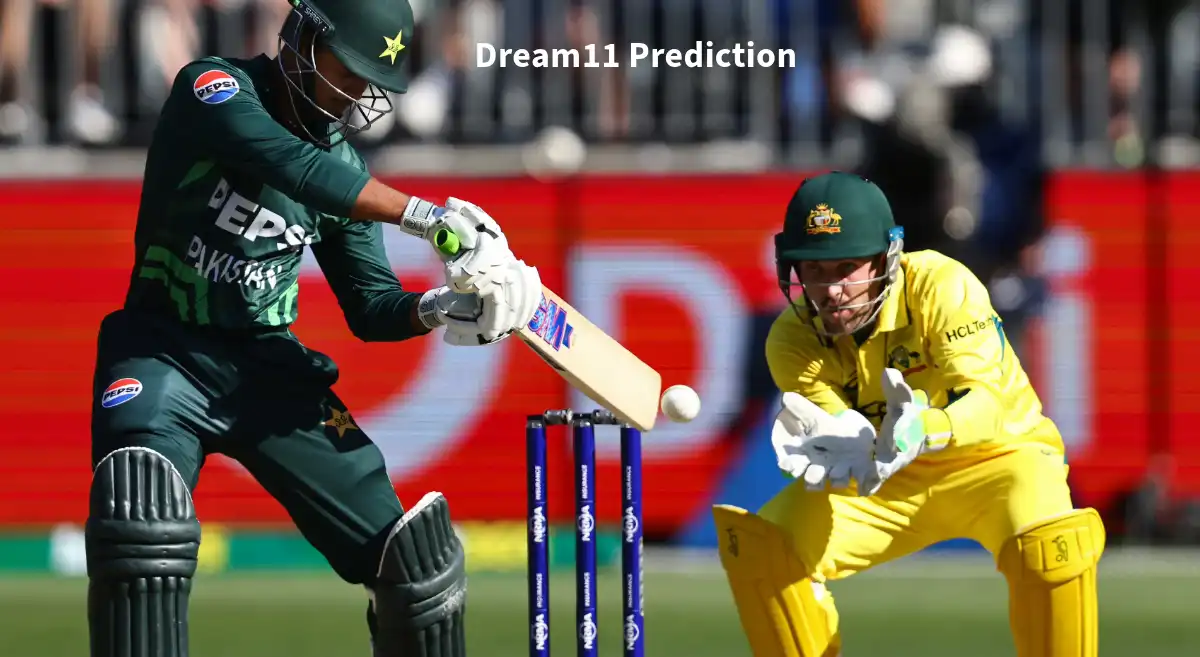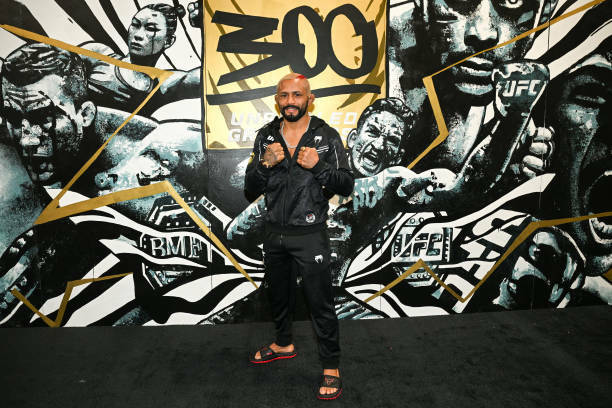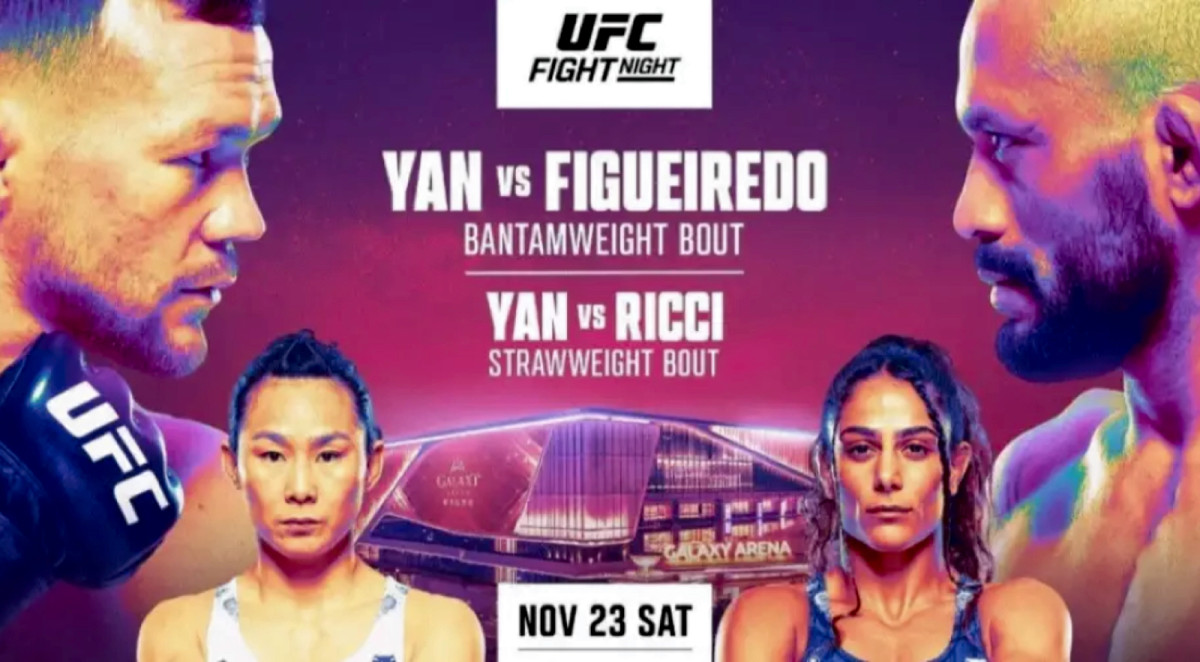The approaching offseason figures to be a tumultuous one for the Cardinals. Coming off a second consecutive season the place the membership missed the playoffs, St. Louis brass have already introduced that important adjustments are coming, headlined by Chaim Bloom stepping in to take over baseball operations following the 2025 season (with a bigger function within the meantime) and the membership planning to slash payroll because it figures to deliver again few if any of its departing veteran gamers.
Whereas Paul Goldschmidt headlines the listing of gamers who seem prone to don one other uniform in 2025, what’s not but clear is what the membership intends to do about its beginning rotation. Rumors have swirled that the membership might store workers ace Sonny Gray this winter because it seems to trim payroll and give attention to growing younger gamers, and if Grey have been to be moved, that would go away solely struggling veteran Miles Mikolas, oft-injured swingman Steven Matz, breakout teenager Andre Pallante and deadline acquisition Erick Fedde as rotation choices on assured contracts for 2025. With some fascinating younger arms akin to Michael McGreevey, Sem Robberse and Adam Kloffenstein within the wings as potential contributors subsequent yr, it’s not arduous to think about St. Louis getting stable sufficient manufacturing from its inside choices.
With that being stated, nonetheless, the present rotation image affords little or no certainty, particularly ought to Grey wind up pitching elsewhere subsequent yr. In spite of everything, even Pallante and Fedde lack monitor information of success in a big-league rotation that transcend the present season. Fortuitously, the Playing cards haven’t one however two choices obtainable to them that would assist elevate the ground on their 2025 rotation at a comparatively low-cost worth: Kyle Gibson and Lance Lynn. The veteran hurlers will play at ages 37 and 38, respectively, subsequent yr, however each posted stable outcomes as back-end rotation choices for the membership this yr and include equivalent $12M membership choices (with $1M buyouts) for 2025. Given the membership’s give attention to the longer term and need to trim payroll, it will be one thing of a shock if each choices have been exercised. Given the numerous similarities between the 2 veteran Midwest natives, it’s honest to surprise which of the 2 hurlers can be a better option for the Cardinals to retain subsequent yr and which one they need to ship into free company.
Of the 2, retaining Lynn would certainly provide a better ceiling. The veteran hurler pitched the primary six seasons of his profession in St. Louis as a wonderfully succesful mid-rotation arm,however had a late-career breakout with the Rangers and White Sox that noticed him pitch like a real top-of-the-rotation ace: from 2019 to 2021, Lynn posted a robust 3.26 ERA that was 46% higher than league common with a 3.39 FIP and a 27.5% strikeout fee. He additionally loved barely higher outcomes than Gibson did this yr, with benefits in ERA (3.84 vs 4.24), FIP (4.31 vs 4.42), and strikeout fee (21.3% vs 20.9%). For a membership that’s prone to rely totally on inside enhancements to be able to keep hopes of contending for a playoff spot in 2025, there’s an argument to be made that Lynn’s ceiling and stronger outcomes this season make him the smarter option to retain going ahead.
That’s to not say there isn’t a case to be made for Gibson, nonetheless. Whereas the 12-year MLB veteran has by no means flashed the ceiling Lynn did throughout his peak, Gibson is extra reliable in some methods. The groundballer not often misses time because of harm, having made at the least 29 begins in 9 of his 10 full seasons within the majors. In contrast, Lynn was restricted to simply 21 begins in 2022 and 23 begins this yr by knee points. What’s extra, whilst Lynn posted stronger general numbers with the Cardinals this yr, sure underlying metrics truly painted a a lot much less clear image: Gibson’s 4.44 SIERA is sort of equivalent to Lynn’s 4.40 determine, whereas Gibson truly wins on each xERA (4.90 vs 4.93) and xFIP (4.19 vs 4.39) thanks partially to a a lot stronger grounder fee (44.8% vs 36.3%).
Whereas Gibson’s ceiling will not be as excessive as Lynn’s, his reliability may very well be notably invaluable for a membership that figures to rely closely on younger arms who could not but be prepared for a full season’s workload subsequent yr, and his comparable anticipated metrics name into query simply how a lot of a bonus Lynn actually has when it comes to run prevention. After all, it’s additionally price noting that the membership might select a 3rd possibility and decline each membership choices in hopes of discovering related manufacturing at a decrease value in free company. It could be a dangerous option to make given the rising prices of pitching in recent times, however a back-end arm like Martin Perez, Jose Urena or Michael Lorenzen might theoretically be had at a cheaper price than both veteran’s membership possibility relying on how this winter’s market shakes out. After all, any participant obtainable at that worth level would certainly have flaws of their very own.



